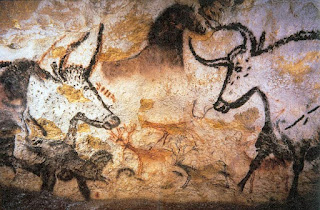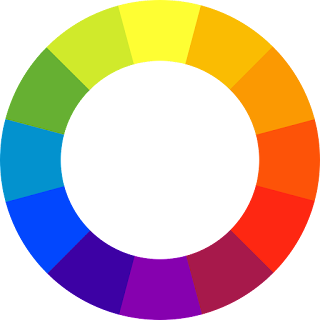Playing with Color It's a very serious business Creative Commons Oh, hello first grade color wheel. Why are you here? I thought we were in grad school? Oh, you're here to completely disillusion me from the notion that I know what color is? Cool. Color is an important aspect of cartography that often goes unnoticed by the majority of readers. However, color choice plays a critical, unspoken aspect of design and messaging. We can look at color through the Jungian lens: white is pure, red is bold and bloody, green is growth and life, and so on. The meaning of color is dependent on culture and historical trends. But what about the scientific approach to color? Color is our human perception of the electromagnetic spectrum. We are seeing the absorption, reflection, and interference of light. Our interpretation of these wavelengths is affected by vision, light, and cultural understanding. Naming paint in the hardware store "Canyon Dusk" and "Moondust" is one way ...



